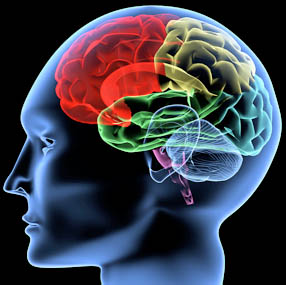Neurophysics of the Brain and Mind problem: Physics 186/286

The course will address one of the most important questions: How does the mind emerge from the dynamics of ensembles of neurons in the brain?
Time: This course is taught in winter quarter every year.
Syllabus: Basic biophysics of neurons and synapses; a review of commonly used experimental and theoretical techniques of measuring, quantifying and simulating neural dynamics; neural variability and noise, brain rhythms and their role in behavior; mechanisms of interaction between biophysics of synapses and cells and their role in perception of objects, space and time, reward seeking, learning, sleep and the role of dreams in learning.
Undergraduate course: Physics 186. This is an instruction based course with a significant amount of time devoted to teaching students how to write simple codes in Matlab to interpret brain activity and to simulate brain function.
Graduate course: Physics 286. The graduate course will be in parallel with the undergrad course and will involve the above material plus a computational project.
Prerequisites: Appropriate for students interested in the link between brain activity and behavior. No previous knowledge of neuroscience is required. Requires minimal knowledge of introductory physics and mathematics, and ability to write simple codes in any programming language is necessary. Ideal for students from physical and engineering sciences interested in brain function.